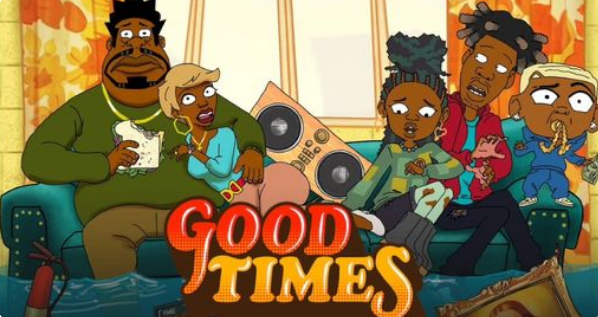The Theater for the New City, located at 155 First Avenue in New York City, invited California Bay area comedian and actor Donald E Lacy, Jr to bring his 8:00 p.m., one-man show “Color Struck” to New York audiences, leaving them awe struck.
Lacy in large degree covers the insanity of Institutionalized Racism and the damage it does to mind, body and soul. Not only to its victims but to the perpetrators as well. He presents his statement with wit, humor and dramatic effect. Traveling back in time to the brutality of slavery, the marches, Black heroes, leaders, saviors, depicting lynchings, the Klan, and Black frustration with white hatred and violence. Lacy leads the viewer up through the centuries covering attitudes of both black and white to the experience of “blackness” and what it means to be black in a racist system of injustice. He informs us and makes us take a good look at the mechanics of racism and how it is perceived and enacted via both whites and Blacks through nomenclature, language, hair, film-making, dance, family, media, skin color, economics, police brutality, joblessness, the prison system and education or lack thereof.
The question always prevalent: Why Do You Hate Us?
A fair skinned individual born into a predominantly dark skinned family, Mr. Lacy talks about his personal experience of being too light at a time when the Black Community was taking pride in being black. Wearing dashikis and big Afros, declaring “I’m Black and I’m Proud;” and having to prove his blackness to those in the black community who did not feel he was black enough. Also, having to deal with whites who were uncomfortable with his yellowness while being Black. Having to be down with the dance and lingo within the Black community, while having to speak the King’s English with whites. The pressure of having to fit in while being placed on the sidelines shaped his outlook in life and brought about the writing of his show “ColorStruck.” as well as his degrees, one in the study of Black History.
The Black members of the audience laughed when he reminded them of the long history of our hair: the frying, conking and the process that required lye. The natural, the Afro comb, the braids, dreadlocks, the Jheri Curl and all the grease it left on coaches, pillows and walls that not even bleach could remove. The sessions with Mama screaming to hold your head still as she tried to pull the comb through your hair.
Directed by Sean San Jose and running until March 17th at the Theater for the New City, via “ColorStruck,” Donald Lacy holds the audience in rapt attention. He makes the audience chuckle when he recants memories of his grandmother. The theatergoer could relate to that special mother, aunt and grandmother whose age allowed them to embarrass family with their outspokenness. Yet, who gained a place of honor and respect within the household.
Lacy tells his tale in a mirthful way but yet is deeply serious. He does not offend but he does not hold back either. He rebuffs White America’s vision of the Black Panthers noting their vision is not indicative of the Black Community’s knowledge of the Panthers. To the Black Community in Oakland and throughout America, the Black Panthers were viewed as their crusaders, heroes and community service agents. They remember the Panthers having set up schools and food programs that aided Black communities. Crusaders for justice and strong men who did not look for trouble but didn’t avoid it when it came.
During the show, Donald talked about his pride in President Obama. Having a black man as president was the greatest event that Black America had seen so they understood what Michelle Obama meant when she said ‘for the first time she was proud of her country.’ Many whites took exception to that and criticized Michelle but every person of color in America understood why she said it and what she meant when she said it.
ColorStruck strikes a cord wherever it tours. The show has been presented in over 20 college-based theaters and Performing Arts Centers across the country and even chronicled the Obama Presidency as part of the Conversations In Color Tour.
Through a backdrop of a film presentation ”ColorStruck reminded us of Katrina, Willie Lynch, Rodney King, Muhammad Ali, the Riots, Tar and Feathering and all the dark days of our experience and also the brighter days of President Obama’s inauguration, African explorers who arrived in America before Columbus, the Moors who educated Europe and ventured throughout the world. ColorStruck reminds us through improvisation, drama, poetry and song, of the pain we have suffered as a people and the fact that through it all, we are still here.
Donald Lacy himself reminds us about courage and forgiveness when discussing the killing of his daughter, LoEshe, via a drive-by shooting which resulted in his founding the Lovelife Foundation. The Foundation mentors young people, counseling them against violence in the street, promotes school safety and trains kids in media and theater. Lacy later forgave his daughter’s assailants, one in particular who knew LoEshe and regretted her death. “Lovelife” was adopted in 2016 as the official motto of the city of Oakland.
“ColorStruck” is a play that strikes at the heart of a ‘racist America’ and its oppression of people of color. It’s truth should not be ignored, so please go see it.







